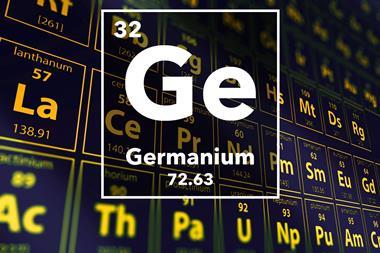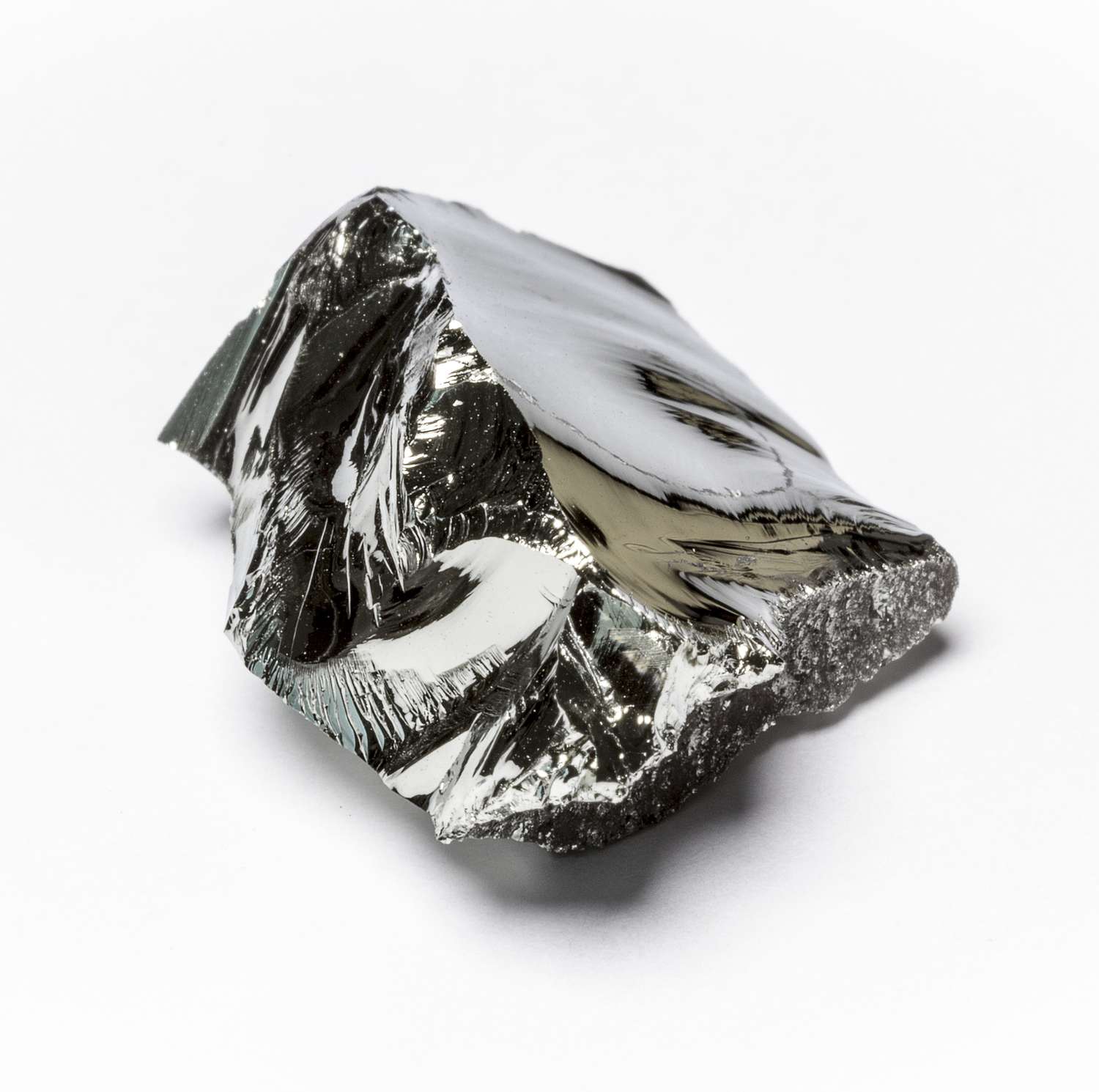Germanium
Germanium, a grayish-white metalloid, shares similarities with silicon and tin. Although initially used in early transistors, its reign was surpassed by the cheaper and more efficient silicon. However, germanium still finds crucial applications in fiber-optic systems, infrared optics, solar cells, and LEDs.
Germanium oxide, with its unique refractive properties, shines in wide-angle camera lenses and microscope objectives. Additionally, germanium serves as an alloying agent, preventing silver from tarnishing, and plays a role in fluorescent lamps and catalysts.
Research continues to explore germanium's potential in various fields. Its transparency to infrared radiation makes it valuable in spectroscopy, while certain germanium compounds show promise in pharmaceutical applications and nanowire production. As technology evolves, germanium's versatility ensures its continued relevance in various sectors.

